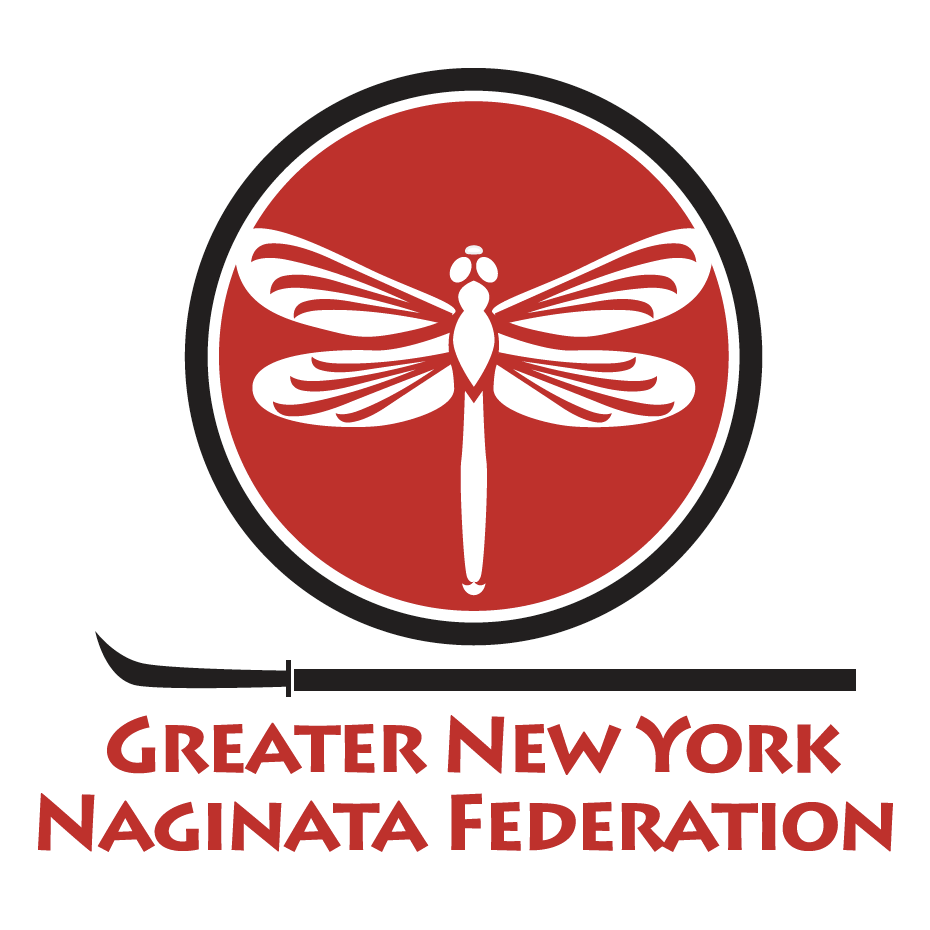
About Naginata
Naginata, also known as "atarashii naginata" (あたらしいなぎなた), is a modern martial art involving the use of a Japanese halberd. The early users of the naginata were foot attendants to the samurai and warrior monks. Their primary use was to cut horses' legs during battles. Around 1400 A.D., the fighting style changed to using a long, straight spear in massed formations. The naginata was not suited for this style of warfare, so it was left at home for women to guard the house and castle. All samurai-class women were trained to use the naginata and a small dagger. The weapon has been associated with women ever since.
After WWII, some naginata masters gathered together to develop a sportified, post-modern version of naginata practice originally designed for Junior High School-level girls' physical education classes. This practice evolved further into a recreational physical activity suitable for individuals of all ages. This is how "atarashii" naginata was born.
Today, naginata is practiced worldwide by people of all ages and genders, and it continues to grow in both numbers and diversity. The standard curriculum comprises non-contact pre-arranged forms (kata) and full-contact sparring.
Curriculum
Forms
Shikake-Ooji
Basic pre-arranged fighting forms done in pairs, where elementary and intermediate concepts of timing, techniques (waza), and tactics are practiced. There are a total of eight and practiced from the beginning of one’s naginata training.
Zen Nihon no Kata
Advanced forms done in pairs, using a solid wood naginata, starting from the rank of 3-dan. The techniques, partner work, breathing, and timing are all very sophisticated and subtle compared to the shikake ooji series. Because they are “kata",” there is a status difference amongst the pairs, where there is a teacher and student dynamic. There are a total of seven kata.
Full Contact
Bogu
Using armor similar to Western fencing but with a yoroi feel, naginata techniques are used in sparring




